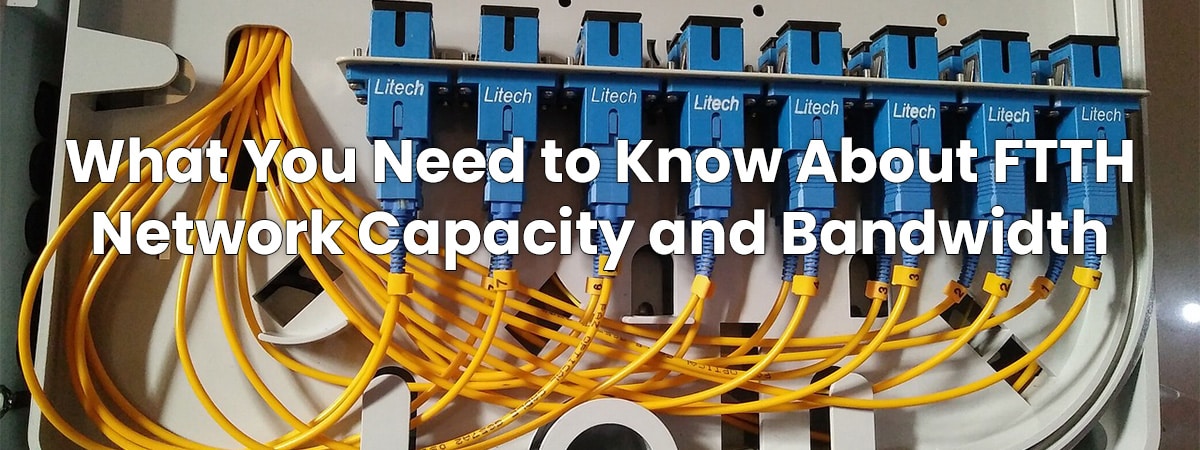Fiber to the Home (FTTH) is a type of broadband access technology that delivers high-speed internet services to customers via fiber-optic cables. FTTH networks are increasingly becoming the preferred choice for many residential and business customers. Unlike traditional copper-based cables, FTTH networks offer significantly higher bandwidth and capacity for faster data transmission. This increased capacity and bandwidth allows for more reliable and faster internet access, which is especially beneficial for businesses and individuals who require higher speeds for data-intensive applications, such as streaming HD video or online gaming.
FTTH networks are also more secure than traditional copper-based systems as the fiber-optic cables used are extremely hard to tap. This makes them ideal for customers who require a secure connection, such as government agencies or businesses that handle sensitive information. Additionally, FTTH networks offer greater scalability, which allows customers to easily upgrade or expand their services as their needs change.
When it comes to FTTH network capacity and bandwidth, the main factors that need to be considered are the distance between the customer and the central office, the type of cable used, and the number of customers on the network. The further away a customer is from the central office, the more signal loss will occur and the slower the data transmission will be. Additionally, the type of cable used will affect the speed and capacity of the network. For instance, single-mode fiber-optic cables can offer higher speeds and more capacity than multi-mode cables. Finally, the number of customers on the network will also affect the overall bandwidth and capacity.
In terms of speed, FTTH networks are capable of transmitting data at speeds of up to 1 gigabit per second (Gbps). This is much faster than traditional copper-based networks, which typically offer speeds of up to 100 megabits per second (Mbps). This increased speed can allow customers to enjoy a much more enjoyable online experience, as they can quickly stream HD video, play online games, and download large files without any delays.
FTTH networks also offer much greater capacity than traditional copper-based systems. This increased capacity allows multiple customers to use the same network without experiencing any slowdowns or degradation in performance. Additionally, with the right equipment, FTTH networks can be used to provide internet access to multiple devices at the same time. This is extremely beneficial for households and businesses that require multiple users to access the internet simultaneously.
In conclusion, FTTH networks offer significantly higher bandwidth and capacity than traditional copper-based systems. This increased capacity and bandwidth allow customers to enjoy faster internet speeds and more reliable connections, as well as the ability to access multiple devices simultaneously. Additionally, FTTH networks are more secure than copper-based systems, which makes them ideal for customers who require a secure connection.
If you are interested in learning more about FTTH Network Capacity and Bandwidth, consider joining the conversation. You can join online forums, read industry publications, or attend conferences to gain a deeper understanding of the technology and its potential applications. By doing so, you can become an informed consumer and make better decisions when it comes to selecting the right broadband access technology for your home or business.
